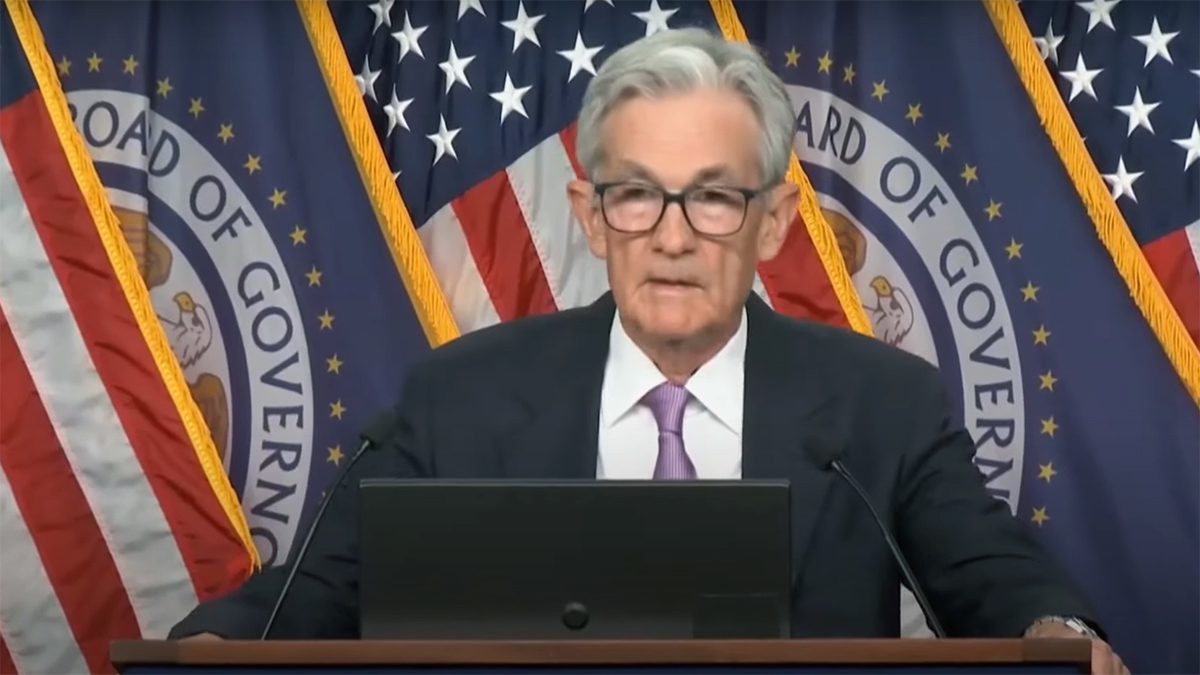Oil prices recorded modest gains as the market remained on edge ahead of a potential interest rate cut by the US Federal Reserve. A significant draw in US crude inventories further bolstered prices, offering additional support to the market.
Brent crude futures climbed by 57 cents, or 0.78%, to settle at $73.56/barrel. Meanwhile, US West Texas Intermediate (WTI) crude advanced by 63 cents, or 0.90%, to close at $70.71/barrel.
The Federal Reserve’s two-day policy meeting drew attention to updated economic projections and the highly anticipated dot plot. This analysis could provide critical insights into interest rate trends through 2025 and 2026. According to the CME FedWatch tool, markets are assigning a 95.4% probability to a quarter-point rate cut during this meeting. Lower interest rates reduce borrowing costs, potentially stimulating economic growth and increasing oil demand.
In the United States, data from the American Petroleum Institute (API) on Tuesday revealed a draw of 4.69 million barrels in crude inventories for the week ending December 13. Gasoline inventories, however, increased by 2.45 million barrels, and distillate stocks rose by 7,44,000 barrels. Analysts, according to a Reuters poll, had projected a draw of approximately 1.6 million barrels for the same period.
The US Energy Information Administration (EIA) is set to release its official oil storage data later on Wednesday, which could provide further clarity and potentially influence price movements.
Geopolitical developments also added to market uncertainty. The European Union announced its 15th package of sanctions against Russia, targeting 33 additional vessels from Russia’s shadow fleet that transport crude and petroleum products. Simultaneously, Britain imposed sanctions on 20 ships involved in carrying illicit Russian oil. While these measures are expected to contribute to oil price volatility, they have yet to significantly disrupt Russia’s participation in the global oil trade.
As investors await the Federal Reserve’s decision, oil prices remain sensitive to both economic and geopolitical factors. The combination of monetary policy updates, inventory data, and evolving sanctions will likely dictate the trajectory of oil markets in the coming days.












